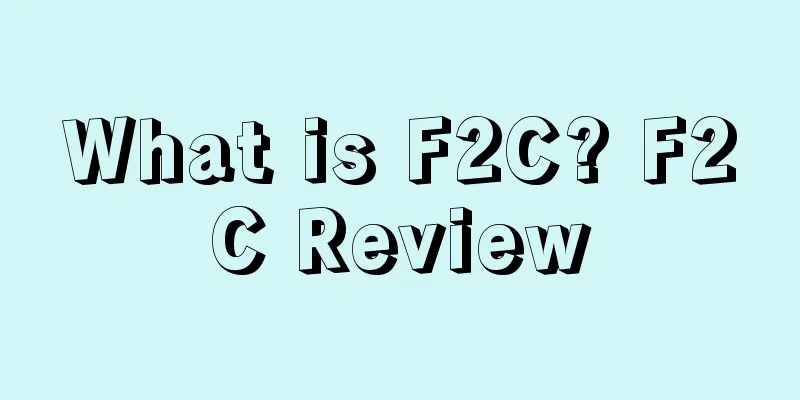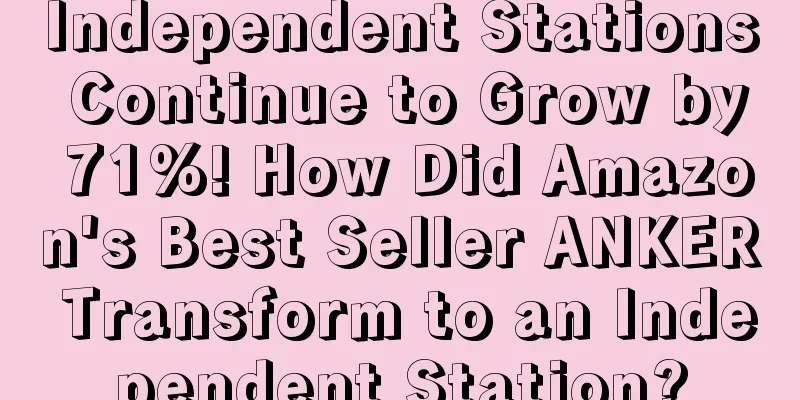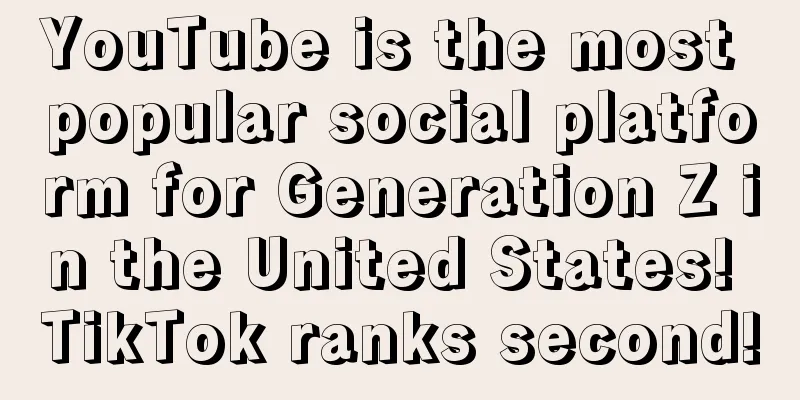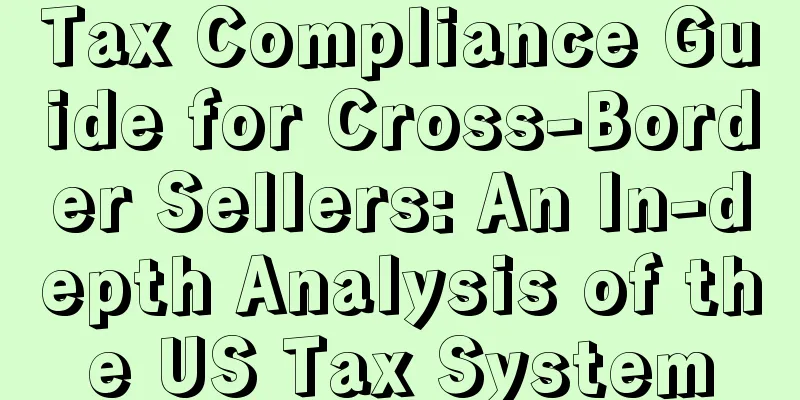What is F2C? F2C Review

F2C, F stands for factory, C stands for individual (consumer), refers to Factory to consumer , which is an advanced business model.Mode IntroductionTraditional distribution model: factory---brand company---general agent---distributor---store---consumer. Due to too many links and price increases at each level, the price of products is often high when they reach consumers. F2C model: Brand companies deliver designed products to factories for OEM and then directly deliver them to consumers through the terminal. The circulation path is the shortest, which ensures low prices and guaranteed quality and service. They provide consumers with the most cost-effective products and maximize value for consumers. Successful examples of this model include: Meizu, BDStar Mobile Phone Network, IKEA, Decathlon, LeHouse, ZARA, H&M, etc. AdvantagesFor sellers 1. F2C is a factory directly connected to consumers. It is open, fair and just to every consumer. No matter who consumes on it, the price is the same, so there will be no psychological imbalance among consumers. 2. Just by changing the place of consumption (online supermarket or factory e-mall), you can save more money than before; you can save 60-80% of the consumption expenses. The circulation costs and profits of the middlemen are passed on to us consumers. 3. Daily necessities that can be purchased without leaving home: If you are busy with work and life and do not have much time to go to the supermarket or go to the beauty salon for beauty treatments, you can do all of this at home. For factories 1. High consumer loyalty: Because the products are good, cheap, and can save money, consumers will take the initiative to consume them voluntarily. This is the kind of healthy consumption that manufacturers are most willing to see. 2. Since it adopts a million-enterprise joint venture, it will solve many long-standing problems in China's small and medium-sized enterprises and small and medium-sized retail industries, such as low brand awareness, poor channel cooperation capabilities, low product market positioning, low word-of-mouth promotion, and poor technical talent reserves. 3. Solve the capital, sales and brand problems faced by small and medium-sized factories and retail stores, provide solutions and increase competitiveness. For society, it saves a lot of social resources such as warehousing, transit logistics, etc. Based on the above analysis, we can finally conclude that F2C is a more reasonable and advanced marketing model compared to the traditional sales model. Advantages of F2C model entrepreneurshipWith a mobile phone terminal, you can contact the manufacturer to ship and buy goods, become an agent yourself, and the factory will give you rebates, and you can start your own business. This entrepreneurial model has the following benefits. 1. The threshold is low, and no large amount of capital investment is required in the early stage, and there is no need to select a location to open a store. 2. Low cost, get first-hand prices directly from manufacturers, no middlemen to make a profit from the difference. 3. Low risk, product quality, after-sales service and brand reputation are all directly responsible by the manufacturer. 4. Big trends: from the emergence of Taobao online shopping platform in 2003, to the appearance of third-party payment software Alipay in October of that year, to the opening of WeChat payment function in 2014...Today, we are accustomed to online shopping, and when we go out to buy goods, we are used to being asked "Alipay or WeChat?" New things keep appearing, and we gradually become familiar with and accept them, and follow this trend. significanceThe F2C factory-to-consumer model creates a new pattern of channel reform and honest transactions. "Success or failure depends on channels." In the market economy, "channels are king, terminals win" is the game rule that all companies have to abide by. Channels are the key factors for the success of many leading brands in the industry. Looking at the development history of China's commercial channel model, from the era of large-scale wholesale and circulation to the era of brand chains of large supermarkets and large terminals, and then to e-commerce, which is now the main theme of channels, the channel model has gone through three major stages of "fission periods." The birth of the F2C business model is setting off the fourth wave of channel reform, opening up a new way out for the circulation field in trouble, making e-commerce more flat, protecting the interests of consumers and honest enterprises as much as possible, and helping to purify the entire business environment and set off a storm of Internet of Things mobile phones. |
>>: What is New Retail? New Retail Review
Recommend
What is Shenmai e-commerce? Shenmai e-commerce review
Shenmai E-commerce (Shenmai E-commerce Company) is...
What is Merch by Amazon? Merch by Amazon Review
Merch by Amazon is an official support program lau...
Cool! 1.4 million unemployment benefits in the United States have been frozen! Biden: $600 is not enough!
When the second wave of money distribution in the ...
FBA warehouses are suspended! Amazon officially announced a reduction in the number of warehouses
Two days ago, Amazon held its first shareholders m...
Amazon earthquake! The government is going to make a large number of people unemployed
The rise of cross-border e-commerce led by Amazon ...
What is Stripe? Stripe Review
Stripe is a technology company that enables indivi...
Amazon is $3 million in debt! Should I sell my house to continue?
This year's Membership Day seemed to have very...
Sellers please note! The price shown on Amazon front desk has changed!
Recently, some changes have been made in the disp...
What is Jingzhuntong Testing and Certification (Guangdong) Co., Ltd.? Jingzhuntong Testing and Certification (Guangdong) Co., Ltd. Review
Jingzhuntong Testing and Certification (Guangdong)...
The United States will impose tariffs on Amazon sellers in July!
At the beginning of June, when I summarized the m...
What is Robb Vices? Robb Vices Review
Robb Vices was founded by Mr. Robert W in 1976 and...
Wish laid off 255 employees to cut costs! Did it lose money again in the second quarter?
It is learned that according to foreign media repo...
What is Dacor? Dacor Review
Dacor ( / ˈ d eɪ k ɔːr / "day-core") is ...
What is HeFuPal? HeFuPal Review
Hefubao is a domestic aggregate payment technology...
What is Shopee Knowledge Bureau? Shopee Knowledge Bureau Review
Shopee Knowledge Bureau is affiliated to the South...









